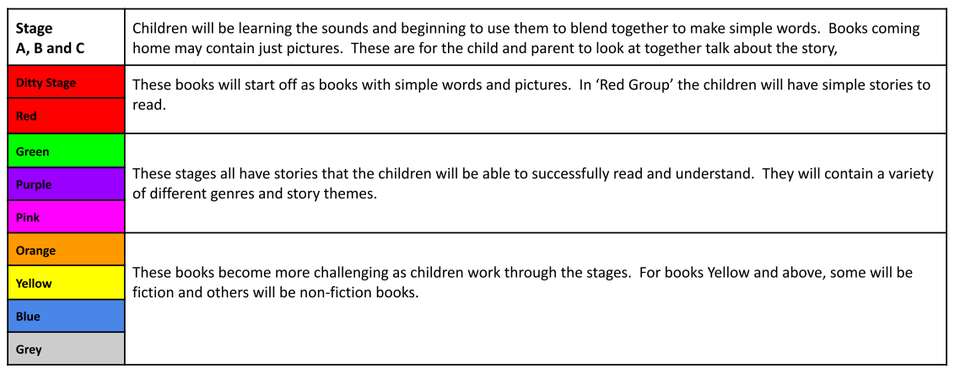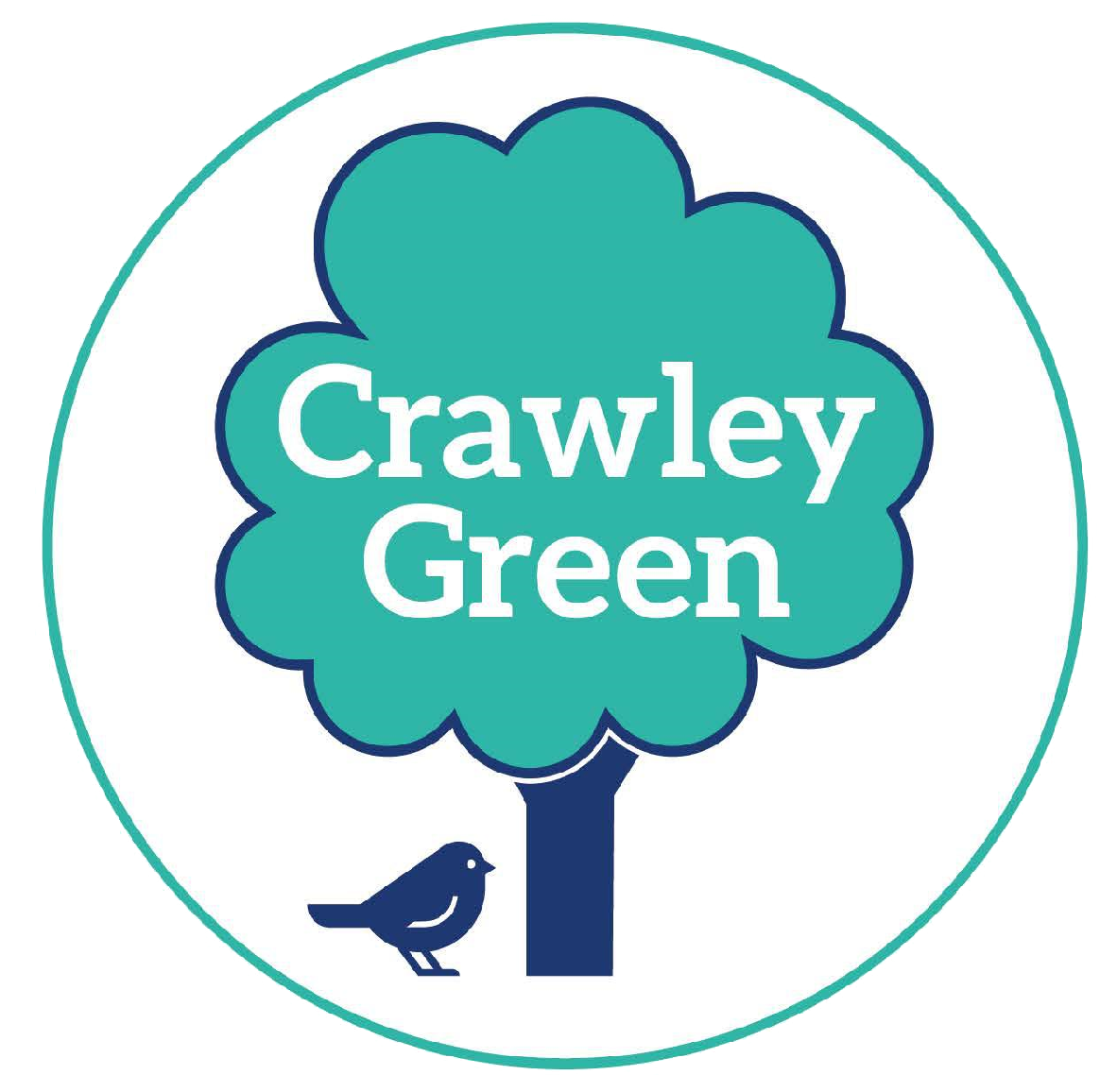We follow both the Early Years Curriculum for Reception aged children and the National Curriculum for Key Stage 1 aged children. Through this we have developed our own Crawley Green Curriculum and Progression of Skills with our ‘CARE’ ethos at the heart.
For more information on our approach to making the curriculum accessible for those with Special Educational Needs or Disabilities (SEND), please click on the link to our SEND link in the menu to the right.
At Crawley Green Infant School, we share and work on our monthly values. We live and breathe these values and recognise how important they are to making us wonderful, helpful and caring people.
Phonics and reading skills at our school are taught via the highly successful Read Write Inc. Phonics programme which teaches children to read accurately and fluently with good comprehension. They learn to form each letter, spell correctly, and compose their ideas step-by-step. Children start the programme in Reception and continue through the programme as their skills develop. We assess every child on the programme on a regular basis and match their next steps in learning accordingly.
Each book will contain words in red. These words are called ‘Common Exception Words’ and will not necessarily follow a phonetic pattern that the children are familiar with. You may need to tell the children the word to help them learn them by sight. These words should not be sounded out phonetically. Each book comes with a handy parents page on the inside cover to help you support your child with their reading
Below is a table that shows the Progression through the Read Write Inc Scheme.

read-write-inc-phonics-for-parents-information-session
Reading books are graded by difficulty by reading levels known as Book Bands. Each Book Band has its own colour. The chart below gives an indication of the range of Book Band levels at which most children will be reading as they progress through Early Years, KS1 and KS2.
The chart shows the progress of an ‘average’ band of children- but no individual child is ‘average’, so no child makes smooth progress precisely in this way. Children tend to learn in fits and starts – periods of growth followed by periods of consolidation when their progress seems to halt for a while. The periods where you don’t see rapid progress may be worrying, especially after a ‘growth spurt’, but they are important as your child develops confidence in using and applying their newly acquired skills.
